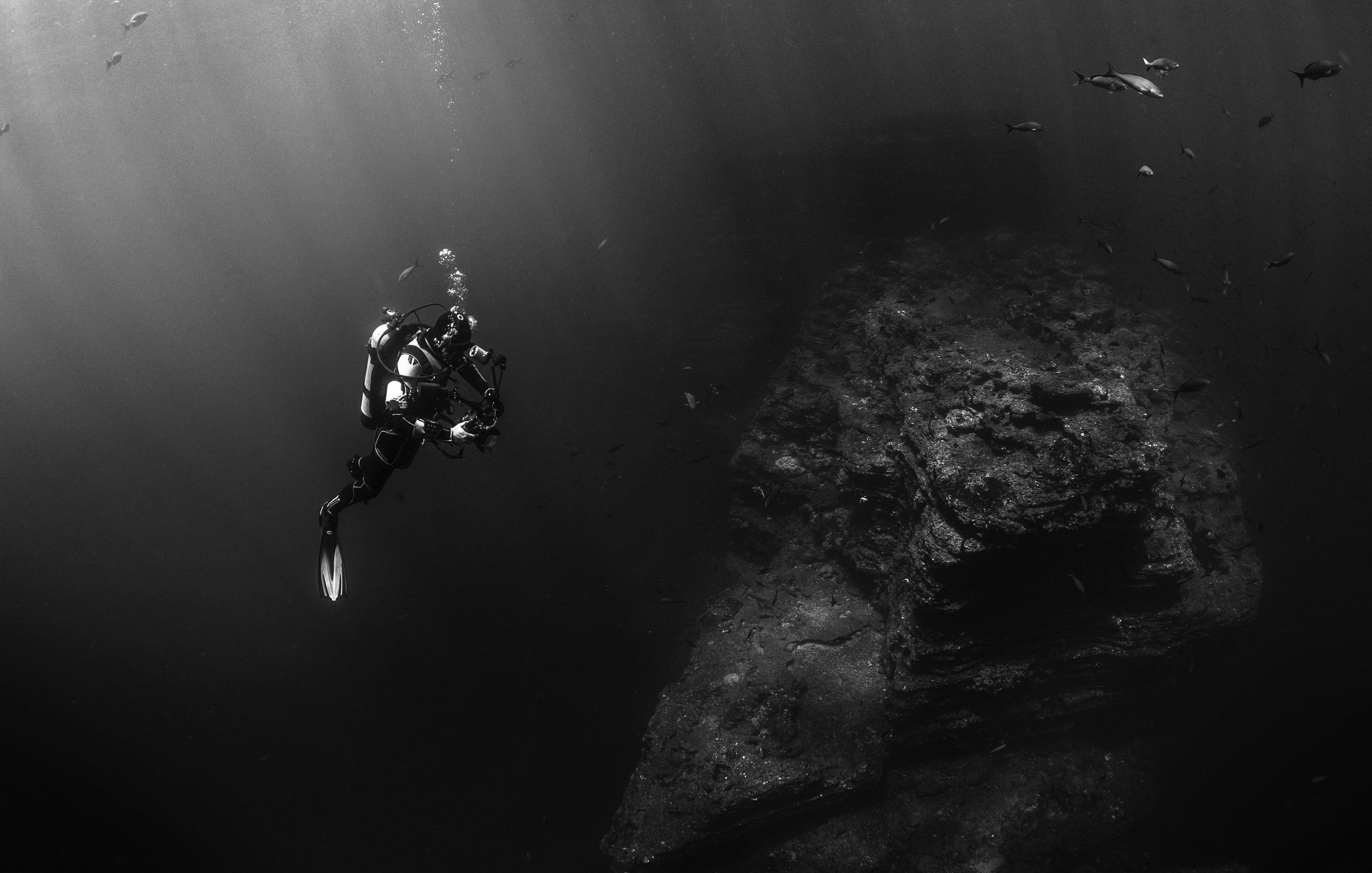The deepest point on Earth has been found to contain the highest levels of microplastics ever found in the open ocean, including elsewhere in the Pacific, Atlantic and Arctic oceans.
The Mariana Trench in the Western Pacific ocean is the lowest place on the face of the planet, and yet it is heavily polluted with plastic.
“Manmade plastics have contaminated the most remote and deepest places on the planet,” said the Chinese researchers. “The hadal zone is likely one of the largest sinks for microplastic debris on Earth, with unknown but potentially damaging impacts on this fragile ecosystem.”

Researches suspected the microplastics came from industrialised nations in east Asia including China and Japan.
Millions of tonnes of plastic surge into the oceans every year, but it is not accounted for where all of this pollution ends up. Researches from the Institute of Deep Sea Science and Engineering performed a study on deep water in the hadal zone, collecting bottom water and sediment samples from between 2,500m - 11,000m below sea level. For comparison of scale, Mount Everest is 8,850m above sea level.
The analysis (published by the Geochemical Perspectives Letters) found the concentration of microplastics to increase as the sample sites descended deeper into the trench. The bottom of the trench contained the highest concentration of microplastics out of all the samples, with up to 2,200 pieces per litre in sediments, and 13 pieces per litre in water.
Most of these microplastics were in the form of fibres a few millimetres long, and likely came from clothing, bottles, packaging and fishing gear. Bottles and clothing have large amounts of polyester in them, which accounted for the most frequently found plastic in the sediments and water samples.
Microplastics are proven to harm sea life, already fragile from overfishing and climate change. Other recent studies show the effects on deep sea creatures in this area, with extraordinary levels of plastic being found in their stomachs. Researchers are urgently pressing for further work to be carried out in light of evaluating the impacts of microplastics on these fragile ecosystems.
This terrifying discovery adds to the list of the microplastics reach, including tap water, the air, the Swiss mountains, the Pyrenees Mountains, fish caught for human consumption, and human faeces.


Share:
One Woman’s determination to reduce plastic pollution in waterways
Slow Down Fast Fashion!